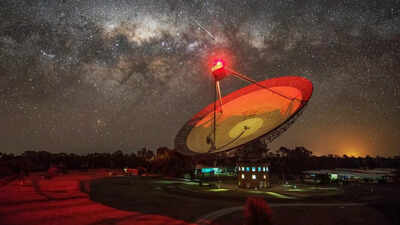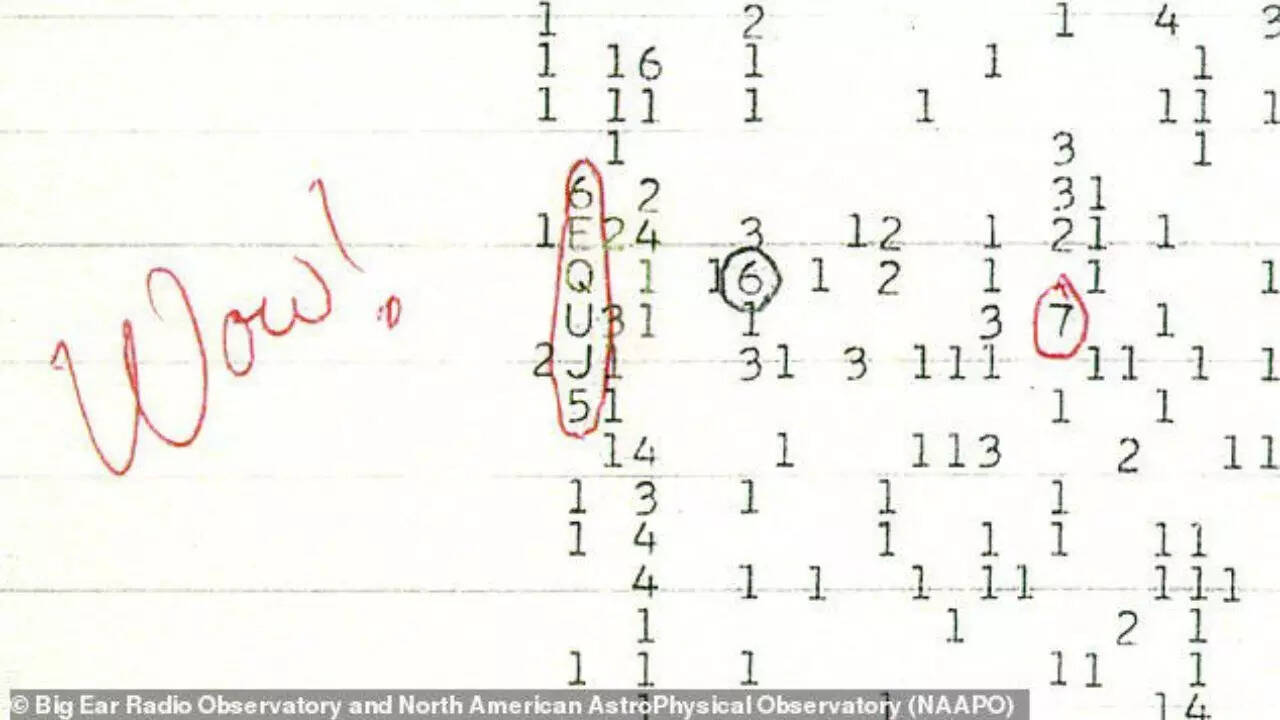ARTICLE AD BOX

Image: National Geographic
For decades, astronomers and researchers have been monitoring the skies, detecting a wide range of signals from deep space. While many of these radio waves and electromagnetic bursts can be traced to natural phenomena such as pulsars, colliding stars, or the sun, some remain unexplained. These mysterious signals have captured global attention because they don’t fit conventional patterns, prompting speculation that they could originate from intelligent extraterrestrial life. Scientists are cautiously investigating these anomalies, combining modern technology with decades of astronomical data to uncover whether these cosmic messages might hold clues about civilizations beyond Earth.
The ‘WOW’ signal: Could aliens be behind the cosmic enigma
One of the most famous unexplained signals is the ‘WOW’ signal, first detected in 1977. Astronomer Jerry Ehman recorded a 72-second burst of energy so unusual that he wrote “Wow!” on the readout. Despite decades of research, no natural phenomenon has been definitively proven to cause the burst. Recent analyses suggest it may have been a laser-like emission from a dying star interacting with a hydrogen cloud, but scientists emphasize that extraterrestrial origins cannot be ruled out. The
WOW signal
remains one of the most compelling mysteries in the search for alien life.

ASKAP J1832–0911: A new cosmic puzzle
Earlier this year, astronomers detected ASKAP J1832–0911, a unique object 14,700 light-years away, emitting coordinated pulses of radio waves and X-rays every 44 minutes. Known as a long-period transient, this is the first time such an object has been observed emitting X-rays. Scientists are still trying to understand why it switches on and off with such precise intervals. Some theories suggest it could be a magnetar—a dead star with extremely strong magnetic fields—while others leave open the possibility of a completely new class of cosmic object.
FRB 20220610A: Fast radio bursts and their mysterious origins
Fast radio bursts (FRBs) are intense, millisecond-long flashes of energy from distant galaxies. In 2024, FRB 20220610A was traced to a cluster of galaxies eight billion light-years away. These bursts are unpredictable and extremely powerful, leading some scientists to consider exotic sources, including black holes, neutron stars, or even signals from intelligent civilizations. Observations using NASA’s Hubble Space Telescope allowed researchers to image the cluster in unprecedented detail, highlighting the potential for future discoveries about cosmic origins and, possibly, extraterrestrial life.
K2–18b: The most promising signs of alien life
While not a signal, the exoplanet K2–18b has offered perhaps the strongest evidence yet for extraterrestrial life. Located 124 light-years away in the constellation Leo, the planet is likely covered by a vast ocean. Using the James Webb Space Telescope, scientists detected dimethyl sulfide (DMS) and dimethyl disulfide (DMDS) in its atmosphere—molecules primarily produced by microbial life on Earth. K2–18b orbits a red dwarf star in the habitable zone, making it a prime candidate for life. Researchers describe the findings as a “transformational moment,” potentially bringing humanity closer to answering whether we are alone in the universe.



.png)
.png)
.png)
















 1 day ago
4
1 day ago
4









 English (US) ·
English (US) ·